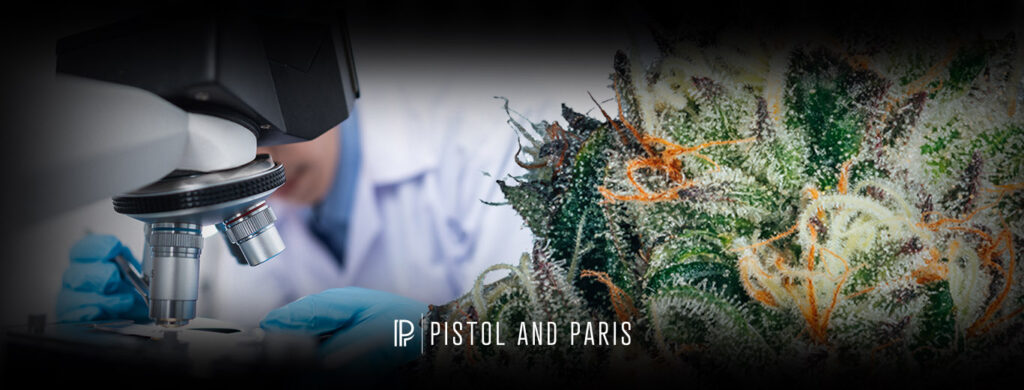CANNABINOID RECEPTORS – HOW DO THEY WORK?

YES WE HAVE CANNABINOID RECEPTORS
The Discovery of Cannabinoid Receptors in the human body was a breakthrough in our understanding of the endocannabinoid system. The endocannabinoid system is a complex signaling system that plays a role in regulating many physiological processes, including appetite, pain, mood, and sleep. But why does the human body have cannabinoid receptors in the first place?
The answer lies in the fact that the human body produces its own cannabinoids, known as endocannabinoids. Endocannabinoids are similar in structure to the cannabinoids found in the cannabis plant, such as THC and CBD. The two primary endocannabinoids are anandamide and 2-arachidonoylglycerol (2-AG). These endocannabinoids bind to cannabinoid receptors, which are found throughout the body.
The cannabinoid receptors are part of a larger network of receptors known as G protein-coupled receptors (GPCRs). GPCRs are involved in a wide range of physiological processes, including the regulation of neurotransmitters, hormones, and other signaling molecules.
When endocannabinoids bind to cannabinoid receptors, they can affect a wide range of physiological processes. For example, binding to cannabinoid receptors in the brain can affect mood and appetite, while binding to cannabinoid receptors in the immune system can affect inflammation and pain.
The discovery of the endocannabinoid system has led to a better understanding of the role that cannabinoids play in the human body. It has also led to the development of new medications that target the endocannabinoid system, such as drugs for the treatment of pain and inflammation.
Did you know the human body has cannabinoid receptors because it produces its own cannabinoids, which play a role in regulating many physiological processes. The discovery of the endocannabinoid system has led to a better understanding of the role that cannabinoids play in the body and has opened up new avenues for the development of novel medications.
Where are Cannabinoid Receptors found?
Cannabinoid receptors are found throughout the human body, in both the central nervous system (CNS) and the peripheral nervous system (PNS). There are two main types of cannabinoid receptors, CB1 and CB2, and they are distributed in different regions of the body.
CB1 receptors are primarily found in the CNS, particularly in the brain, where they are highly concentrated in areas that regulate movement, coordination, pain perception, appetite, memory, and mood. They are also found in other organs, such as the liver, kidneys, and lungs, but in much smaller quantities.
CB2 receptors are primarily found in the PNS, particularly in immune cells, where they play a role in regulating inflammation and immune responses. They are also found in other tissues, such as bone, skin, and reproductive organs.
It is important to note that cannabinoid receptors are not the only components of the endocannabinoid system. Other components include endocannabinoids, enzymes that synthesize and degrade endocannabinoids, and transporters that move endocannabinoids across cell membranes.
The distribution of cannabinoid receptors and other components of the endocannabinoid system throughout the body suggests that this system plays a crucial role in regulating many physiological processes, such as pain perception, mood, appetite, inflammation, and immune function.
Leafly.com is an essential resource for the cannabis community. The website provides users with a wealth of information about cannabis strains, products, and dispensaries, and helps to destigmatize cannabis use by providing accurate and reliable information about the plant. Whether you are a medical cannabis user or a recreational user, Leafly is a valuable tool that can help you make informed decisions about cannabis use.

Like this article?
Share on Facebook
Share on Twitter
Share on Linkedin
Share on Pinterest

